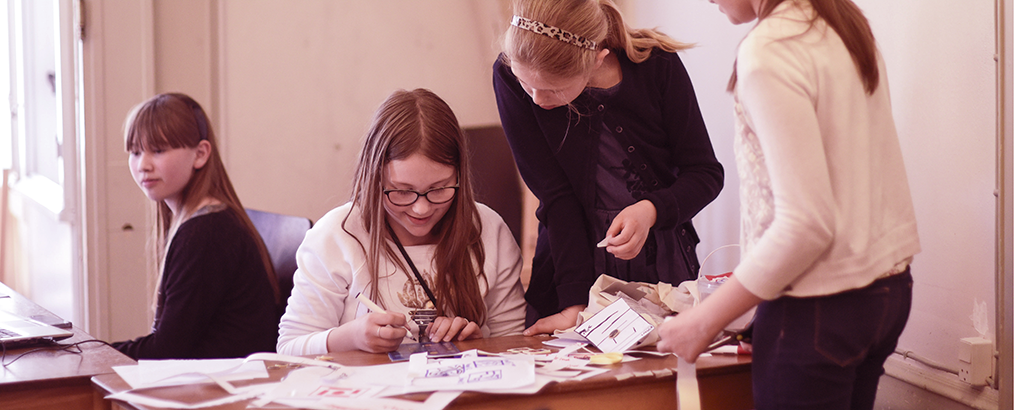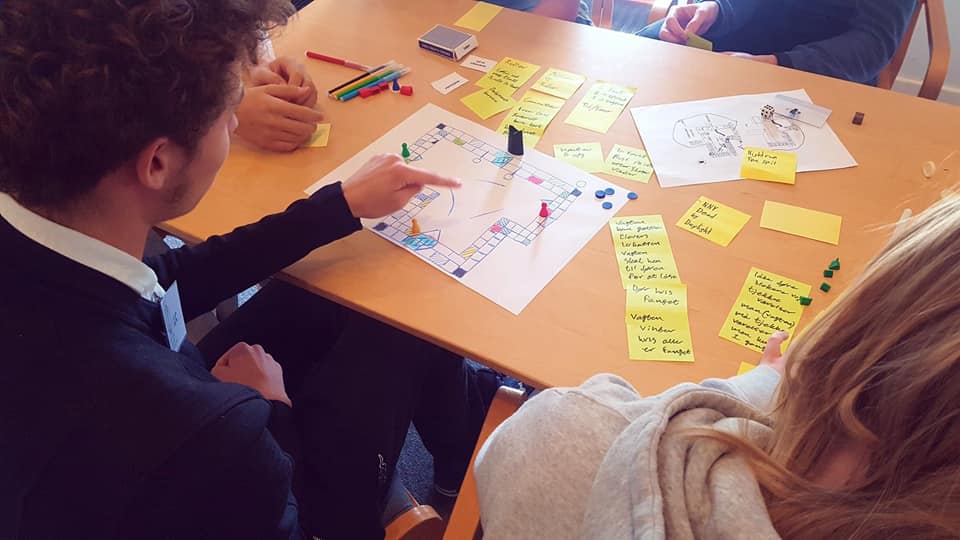Vores mission
Spilværk's mission is to make the world a better place by promoting a fail faster philosophy, encouraging innovation and interdisciplinary problem solving. Our projects merge digital and analogue materials, from code to sticky notes. We often focus on children, and we are driven by the desire to give our own children the tools to navigate a digitalized reality.
Our children are growing up in a complex world where collaboration and interaction between technology and creativity is an absolute necessity. Rather than unilaterally focusing on teaching children programming, we want to strengthen an interdisciplinary approach, where design thinking and digital skills go hand in hand.
-
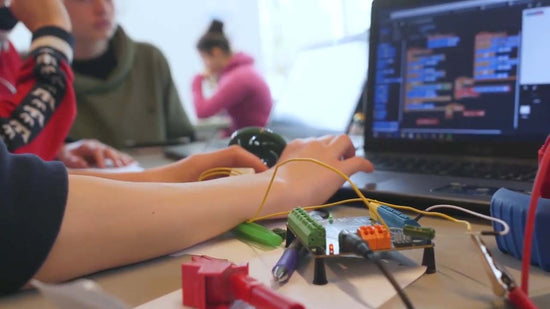
Digitale materialer
We connect physical materials such as cardboard, glue and clay with digital building blocks and electrical circuits.
-
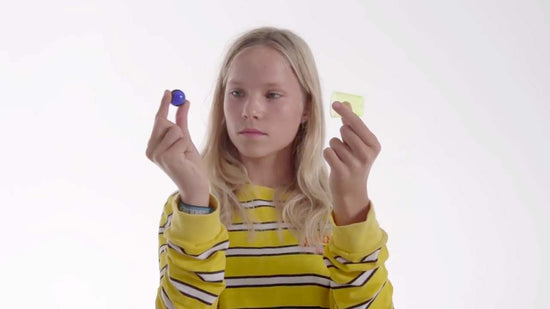
Tværfaglig problemløsning
We use design constraints and time pressure to train problem-solving that merges disciplines.
-
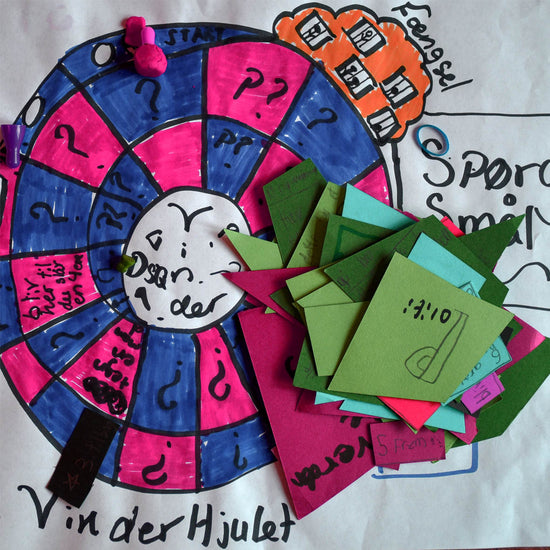
Spil som systemdesign
Based on game theory, we design systems that support human interaction and motivation.
Hvem står bag
-
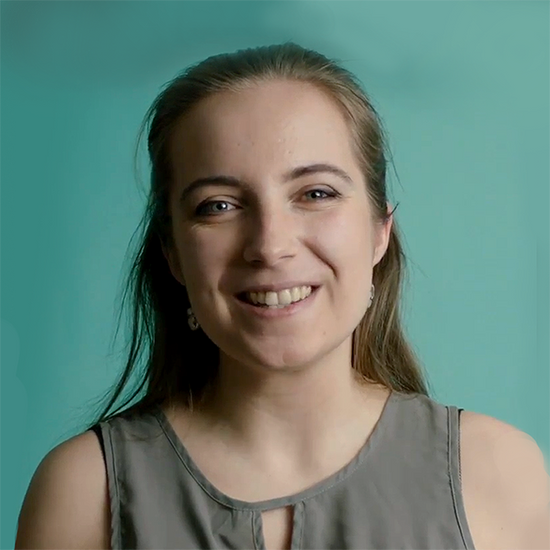
Amanda Rasmussen
Creative Director / CCO
cand.it in Game Design from ITU, bachelor in Performance Design and Educational Studies from RUC. LinkedIn.
Creative octopus who has taught everything from manga drawing to 3D printing, role playing and creative project management. Mother since 2020. -
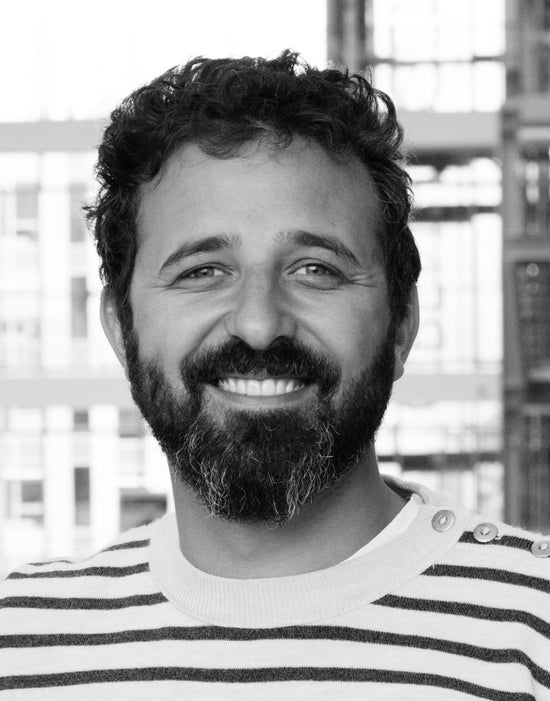
Magdi Illemann el-Toukhy
Managing Director / CEO
cand.it in Game Analysis from ITU, professional bachelor in Special Education from UCC. LinkedIn.
Former board member of Oxfam Ibis and the IT branch.
Father of three children, scout leader, visual artist and drummer.
Fra studieprojekt til startup
Spilværk started in 2015 as a study project on the GAMES line at the IT University in Copenhagen. On the games course, we were trained in designing, among other things by developing ideas under extreme time pressure and presenting the very unfinished ideas to our fellow students. It was terrifying. For those of us used to being able to polish our work for ages before anyone saw it, it felt like a total loss of control. But we survived.
Time and time again we practiced failing, and each time it became easier to show the imperfect and receive feedback from others. But why on earth did that process only start after 15 years of schooling? Couldn't one train the flawed mindset from childhood instead?
Our wonder sparked an experiment: What happens if you teach children to design their own games? The idea was to bring game theory concepts down to children's level and train the students to give and receive feedback - and with the help of feedback to improve their game. A whole team of volunteer mentors from the game design line put themselves forward for a five-day game course at Kaptajn Johnsen's School. The course showed us that the 10-year-old children could do much more than we had expected - and more than their teachers had expected. We got hold of something, and it gave us blood to the teeth.
Designkompetencer på tværs
Since the first pilot project, we have expanded our repertoire so that it is not only the game designer's toolbox that we use. At Spilværk, we work with design thinking, learning and technology in the broadest sense.
We have collaborated with the Danish Film Institute on several occasions. Among other things, we developed a set of free educational resources for making games in school, called the Game Toolbox with project support behind it.
Since 2015, we have facilitated design processes for both children, young people and adults. Everything from a three-hour game design crash course for 80 post-secondary students to developing a new game education at a Swedish college. Regardless of the target group, we work iteratively with our teaching material; we try it out, listen to feedback, make changes and try it out again.
From our starting point in digital game development, it was not a long way to 3D graphics and 3D printing. Makerspaces make it possible to turn digital creations into physical reality, so anyone can try their hand at product design. Almost anything can be 3D printed, and a laser cutter can realize both 2D and 3D graphics in everything from plywood to brightly colored acrylic. Spilværk has in-depth experience with makerspaces , from establishment and maintenance to concrete design projects that train 21st century skills.
Another area we work with is stop motion animation. In a world full of tablets and smartphones, it is obvious to use our devices to make our own animated films. We all run around with a camera, microphone and processing power in our pockets - technology is just waiting for our ideas and stories. This is the basic idea of our animation universe Piximakey, which combines a mobile animation studio with a free child-friendly app.
Our journey has taken us far and wide, but we are still game designers. Among other things, we have designed a card game that supports design projects in primary schools and makerspaces. We are currently developing a physical-digital learning game for the World Food Programme, to prevent malnutrition and lifestyle diseases among children.

